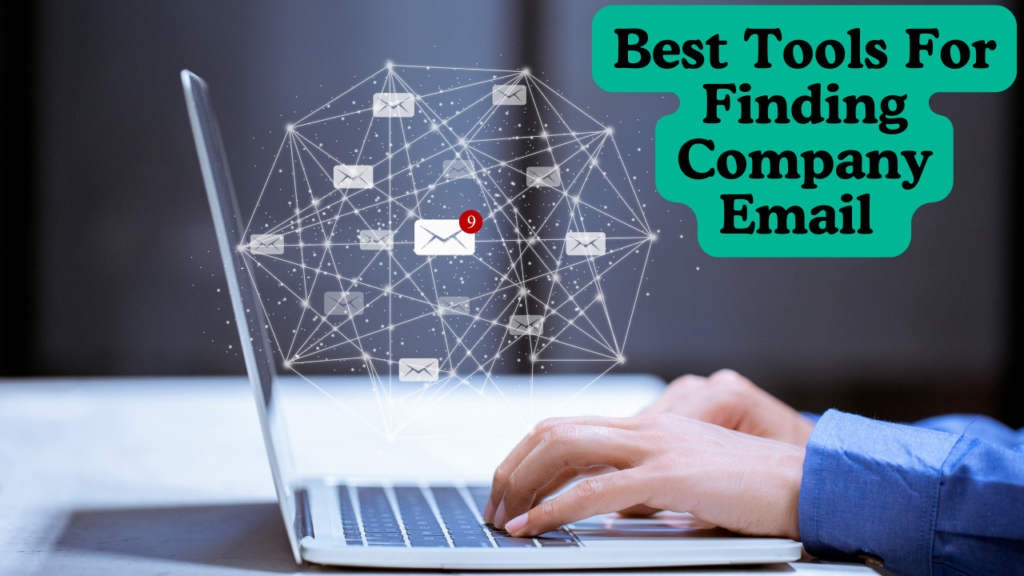Setting up your own email marketing server on a laptop can give you full control over your emails. It might sound complicated, but breaking it into simple steps makes it manageable. You’ll learn how to send emails securely and manage your campaigns without relying on third-party services.
Why Build Your Own Email Server?
Using your own server has many advantages:
- Privacy: No one else can access your email data.
- Customization: Set up the server to match your needs.
- Cost-effective: Avoid monthly fees charged by email services.
Step 1: Get a Domain Name
First, you need a domain for your emails. This will make your emails look professional, such as info@gohotdeal.com. Use services like Namecheap or GoDaddy to register a domain. Choose something simple and easy to remember.
Step 2: Install Email Server Software
You need software to run your email server. Here are common options:
- Postfix: Handles email sending and receiving.
- Dovecot: Stores emails and allows you to access them.
- SpamAssassin: Blocks unwanted spam emails.
On a Linux-based laptop, install these tools using package managers like apt or yum.
Step 3: Configure Your Email Server
Configuration is the most important step. Follow these settings:
- SMTP (Simple Mail Transfer Protocol): Used for sending emails.
- IMAP/POP3: Used for receiving emails on other devices.
- SPF, DKIM, and DMARC: Add these records to your domain for better email deliverability.
Step 4: Secure Your Server
Security is vital for email servers. Protect your server by:
- Using strong passwords.
- Enabling SSL/TLS encryption to keep emails private.
- Setting up a firewall to block unauthorized access.
Step 5: Test the Setup
Before sending emails to your contacts:
- Send a test email to yourself.
- Check if the email lands in your inbox or spam folder.
- Use tools like MailTester to confirm your settings are correct.
Now that you’ve set up the basics of your email server, let’s dive deeper into refining and optimizing it. This section focuses on improving performance and includes a table for a clear step-by-step guide.
Step 6: Manage Email Lists
Organizing your email lists improves deliverability and engagement. Follow these tips:
- Clean your list regularly: Remove inactive or invalid email addresses.
- Segment your audience: Group users by interests or behavior. This ensures personalized campaigns.
Step 7: Monitor Performance
Monitoring helps you identify issues before they affect your campaigns. Focus on these key metrics:
- Open Rate: Measures how many recipients open your emails.
- Click Rate: Tracks how many users click on your links.
- Bounce Rate: Shows how many emails failed to deliver.
Tools like Mautic or PHPMailer can help track these metrics on your self-hosted server.
Step 8: Avoid Spam Filters
Emails flagged as spam reduce your reputation. Avoid:
- Using too many promotional words (e.g., “free,” “urgent”).
- Sending bulk emails all at once.
- Attaching large files.
Instead, send smaller batches of emails and keep content clean and relevant.
Step 9: Back Up Your Server
Regular backups prevent data loss. Set up automatic backups for:
- Your email server software.
- Email data and configuration files. Use tools like rsync or cloud storage solutions to store backups safely.
Step-by-Step Guide Table
| Step | Action | Purpose |
| Get a Domain Name | Purchase from a registrar (e.g., Namecheap) | Professional email addresses. |
| Install Email Server Tools | Use Postfix, Dovecot, SpamAssassin | Manage sending, receiving, and spam filtering. |
| Configure Server | Set up SMTP, IMAP, SPF, DKIM, DMARC | Ensure email delivery and security. |
| Secure the Server | Add SSL/TLS and strong passwords | Protect from unauthorized access. |
| Test Setup | Send test emails and use tools like MailTester | Check deliverability and spam issues. |
| Manage Email Lists | Clean and segment lists regularly | Improve engagement and reduce bounces. |
| Monitor Metrics | Track open, click, and bounce rates | Identify and fix performance issues. |
| Avoid Spam Filters | Limit promotional words and batch email sending | Improve reputation and inbox placement. |
| Back Up Data | Use tools like rsync or cloud backups | Prevent data loss and ensure recovery. |
Step 10: Use Automation
Automate tasks like email scheduling and follow-ups. Tools like Cron jobs on Linux or third-party automation tools can handle repetitive tasks. This saves time and ensures emails go out on time.
By now, you’ve learned how to set up, manage, and optimize your email server. The final steps focus on maintaining your server, ensuring long-term success, and addressing common questions.
Step 11: Maintain Your Server
Regular maintenance keeps your server running smoothly. Focus on these tasks:
- Update software frequently: Install the latest updates for your email server tools to fix bugs and improve security.
- Monitor server logs: Check logs for errors or unusual activity.
- Renew SSL/TLS certificates: Expired certificates can disrupt email delivery.
Step 12: Stay Compliant with Email Laws
Following legal guidelines protects your business and reputation. Key laws include:
- GDPR (General Data Protection Regulation): Applies to users in the EU. Requires user consent for collecting personal data.
- CAN-SPAM Act: Requires an unsubscribe link in every email. Ensure your emails follow these rules to avoid fines or blacklisting.
Conclusion
Setting up an email marketing server on your laptop is a rewarding project. It gives you control over your email campaigns while saving costs. From installing essential tools like Postfix and Dovecot to securing your server with SSL/TLS, every step builds toward a robust and private email system.
Remember:
- Always monitor performance and clean your email list.
- Follow email laws and best practices to maintain a good sender reputation.
- Back up your data regularly to prevent losses.
With consistent effort, your email server can be a reliable tool for reaching your audience.
FAQs
1. Do I need advanced technical skills to set up an email server?
Not necessarily. Basic knowledge of Linux commands and email protocols (SMTP, IMAP) is enough. Follow tutorials and guides to simplify the process.
2. Why is SPF, DKIM, and DMARC important?
These are authentication protocols that improve email deliverability. They help email providers verify that your messages are genuine and not spam.
3. Can I use Windows instead of Linux?
Yes, but Linux is preferred because it’s more flexible, secure, and widely used for email servers. Windows requires additional software and may be less efficient.
4. What’s the biggest risk of running my own server?
Security is the main concern. A poorly configured server can be hacked or blacklisted. Always secure your server and monitor activity.
5. How often should I back up my email server?
Backups should be done weekly or whenever major changes are made. This ensures you can recover data in case of failure.
6. Can I handle large email lists on a self-hosted server?
Yes, but you’ll need sufficient hardware resources and proper list management. Sending emails in small batches prevents overloading the server.


